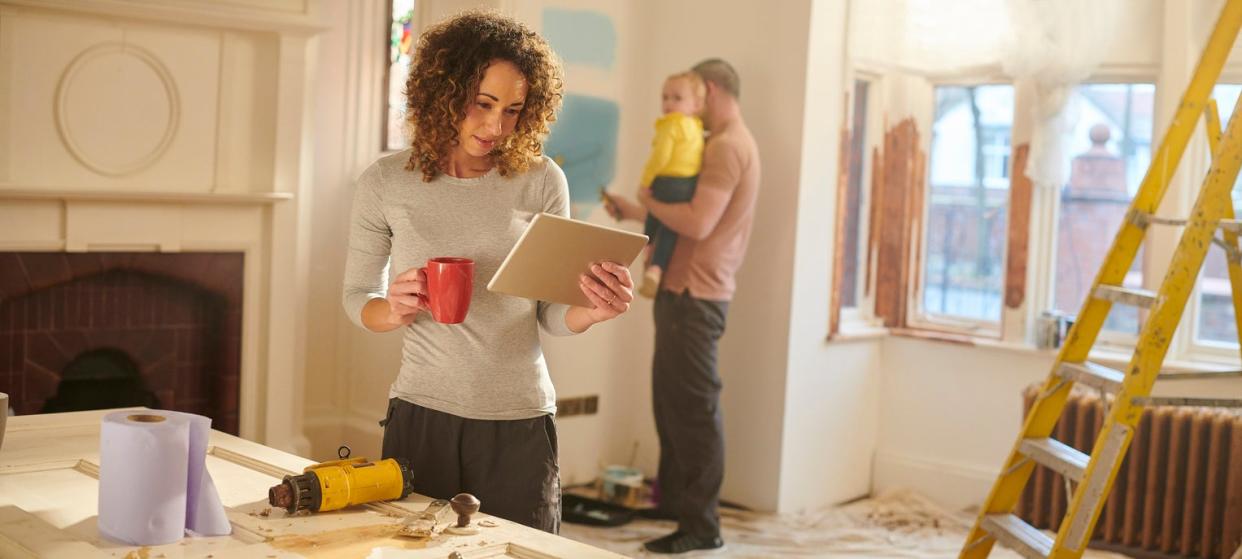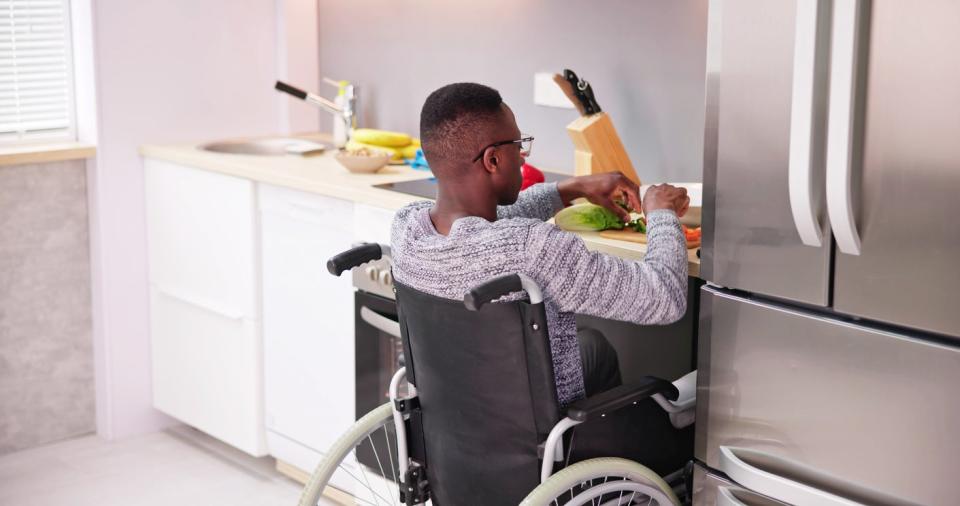Where to Find Grants and Forgivable Home Improvement Loans and Who Qualifies

Homeownership is a major milestone, but maintaining and improving a home can pose financial challenges. Luckily, there are a wide variety of grants and forgivable loans available to people who qualify. These programs typically cater to the elderly, people with disabilities, and very low-income households.
Even though the financial aid programs are typically designed to improve health and safety, some can also be used to modernize homes. Each program has its own qualification requirements and, while you may not qualify, the information can be used to help a family member or neighbor in need.
We’ll explore federal, state, and private programs, help you understand how to find these grants, and determine if you qualify for them.
USDA Single Family Housing Repair Loans & Grants
The U.S. Department of Agriculture (USDA) offers a program called the Section 504 Home Repair program. This program assists very-low-income households in repairing, improving, or modernizing their homes. It also provides grants for elderly low-income homeowners to remove health and safety hazards.
The financial aid provided through this USDA initiative can be substantial, with home improvement loans available under this program reaching up to $40,000. This offers a lifeline for substantial repairs or improvements that can make a home more livable. They also offer grants, which are available up to $10,000, and do not need to be repaid. In some cases, applicants can combine these two forms of assistance, amounting to up to $50,000 in aid. To qualify, you need to live in an eligible rural area as well as meet the program’s other eligibility standards.
FHA Title I Home and Property Improvement Loan Program
The Federal Housing Administration (FHA) administers the Title I Home and Property Improvement Loan program, which allows homeowners to secure loans for home improvements, repairs, or even energy conservation projects.
These loans, which are insured by the FHA, are provided by private lenders but are backed by the federal government, offering another way to pay for home renovations with favorable terms. Homeowners can borrow up to $25,000 for single-family homes to fund large or small improvements. Unlike the Section 504 Home Repair Program, this program can be applied to homeowners living in urban areas.
VA Home Improvement and Structural Alterations Grant
The Department of Veterans Affairs (VA) offers the Home Improvement and Structural Alterations (HISA) grant for veterans with disabilities. It’s a program that highlights the federal government's commitment to supporting veterans in their post-service lives.
This grant aims to provide funds for necessary home improvements and modifications for accessibility and daily living needs. Some examples include: installing ramps for better access, converting tub to shower for safety and accessibility, and adjusting kitchens and driveways to allow for more mobility and independence.

Photo: istockphoto.com
State Programs
State programs around the U.S. offer a variety of home improvement and repair services designed to help residents maintain safe and livable conditions in their homes. Like federal programs, state programs typically target specific groups such as low-income families, the elderly, and people with disabilities. They provide crucial support through grants, loans, and other forms of financial assistance.
One example is the Weatherization Assistance Program (WAP) in Oregon. This program helps low-income families implement energy-saving measures. They send an agency representative to eligible households for an energy audit. This audit assesses the home's current condition and available funding to determine how weatherization can be improved. This could include insulation, furnace repair, and other measures to improve the home's energy efficiency. See our guide for other ways to fund improved energy-efficiency around the house.
City Programs
City-specific programs across the country offer a range of home repair and modification services tailored to meet the needs of local residents. Letitia Brown, Austin’s Housing Division Manager says, “The City of Austin Housing Department has several home repair programs for income-eligible Austinites. These programs help with home repairs and modifications with the goal of helping Austinites stay in their homes.”
Private Organizations
If you aren’t eligible for government-run programs, it’s worth looking into private organizations offering home improvement grants and loans. These initiatives often fill gaps left by federal and state programs, serving underserved or specific populations.
For example, Rebuilding Together's Safe at Home program aims to help older adults and people with disabilities, particularly those with mobility issues, remain in their homes safely and independently by offering no-cost preventive home modifications. This can include things like elevated toilets, improved lighting, stairway railings, and bathroom grab bars, and are designed to enhance accessibility, reduce fall risks, and support older adults aging in place. Since assisted living facilities come with high costs, this is an important service that can help people stay in their own homes longer.

